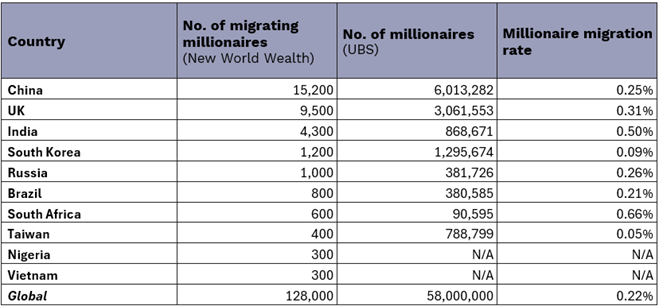
Cars are a burden that suck money out of your wallet and dump pollutants onto the streets (yes, even electric cars cause harm). So why dod people use them? Frugal people already know that owning a car equates to a mobile money pit and have looked for more fiscally prudent solutions. If you live a city then you have a multitude of options to get around, those stuck in the suburbs or rural areas are more limited. Still, you can look into car sharing programs and can even reduce the amount you use your car to save money.
The TTC charges $156 for an adult monthly pass. Bike Share Toronto charges $105 plus HST for an annual pass that includes unlimited 30-minute rides. Then there are car-sharing services like Communauto, which offers free monthly membership plans and charges from $13 per hour for a car rental.
If you’re thinking about going car-free, it’s a good idea to tally up exactly how much you spent on owing a car in the past year (including maintenance and repair costs) to see how much you could potentially save and reinvest elsewhere to pay off debts, contribute to an RRSP or reach other financial goals.

